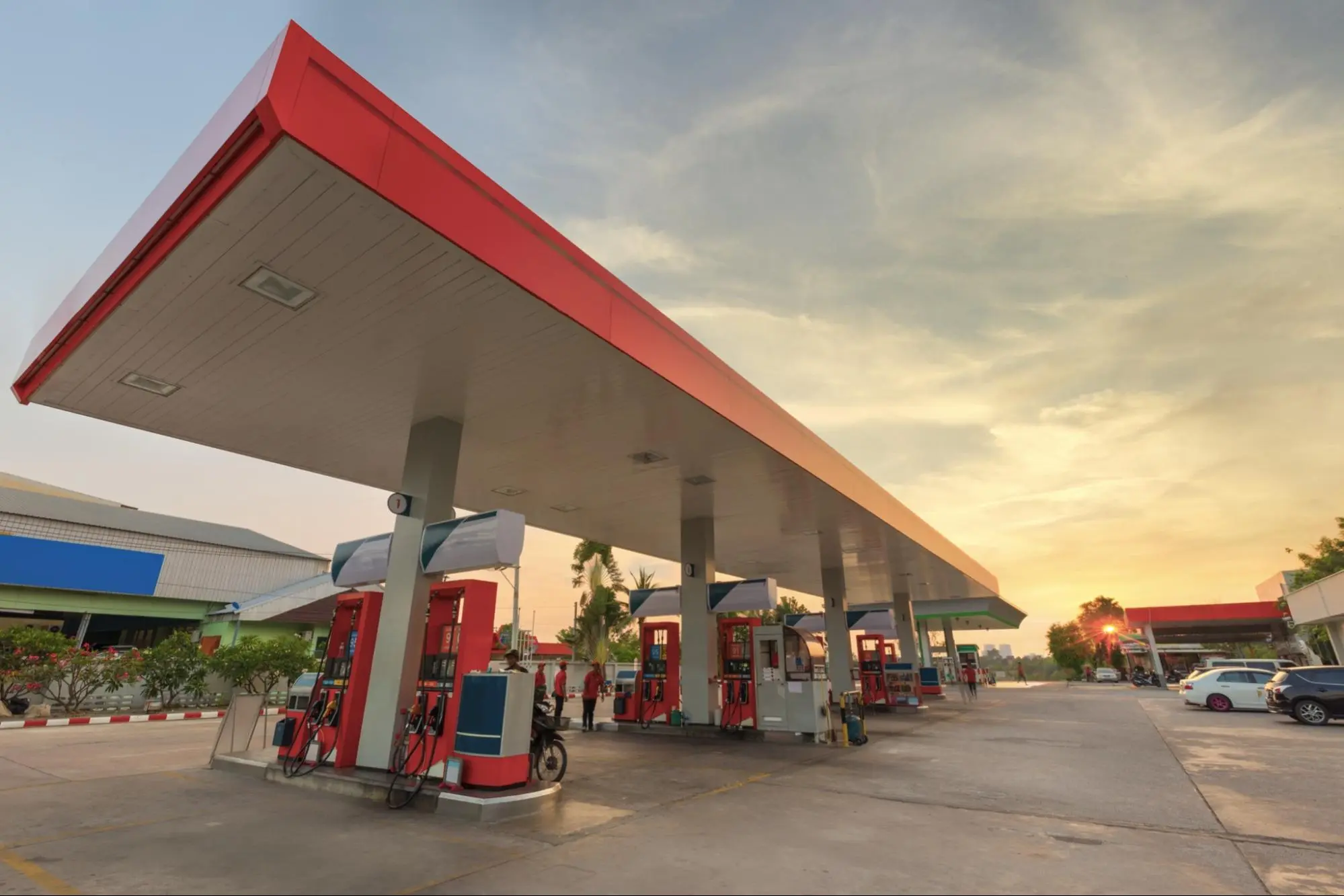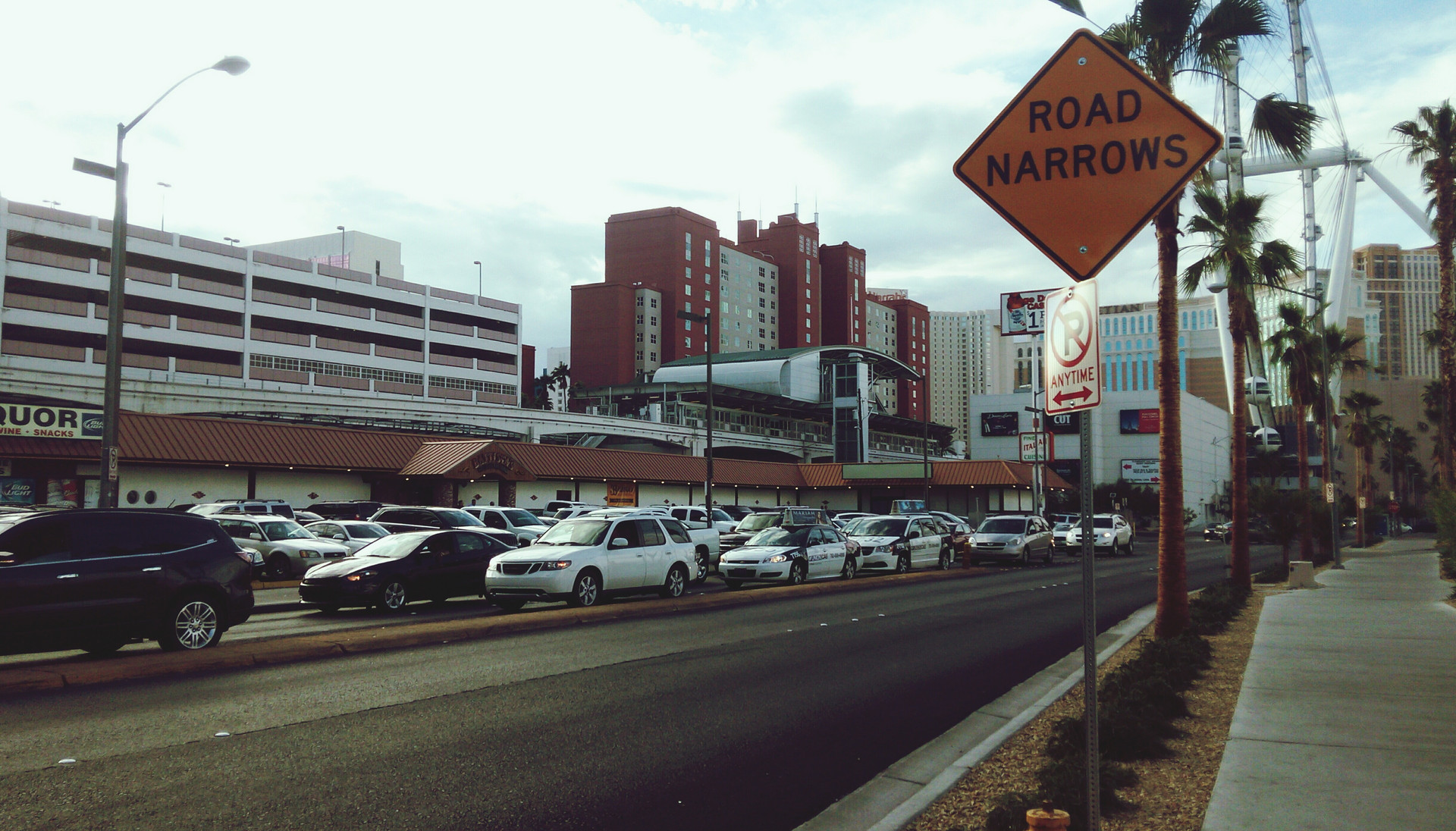Fresh data insights for retail seasonal planning

Try TrafficZoom’s AADT metrics today with a free trial
Get instant access nowSeasonal retail fluctuations come as no surprise for summer and winter vacation destinations. Convenience stores often experience distinct high and low seasons, when the number of visitors significantly varies.

It is commonly assumed that the fluctuations in various places are pretty much similar to the profile shown on Figure 1, with a gradual traffic flow increase in the middle of spring and staying during the summer. It is, indeed, very typical for a regular seaside vacation destination. But in practice, “typical” is far from true. And this “one size fits all” approach may lead to poorly organized operations and lost sales.
Below we will show the findings of our traffic data analysis for a couple of sites. Even the Ticon team was surprised with these results.
In both cases, store managers wanted to optimize operations on their sites. Traffic analysis is the usual practice for empowering convenience store sales and operations, as it supports evaluation of the number of visitors and hence, number of customers at the location.
These two cases are for convenience stores in seaside cities, experiencing high demand during the summer season. However, their demand patterns vary significantly.

At the first site, Figure 2 demonstrates a gradual increase in customer influx from March to June. We observe a 25% deviation in traffic volumes throughout the whole summer season. The average monthly daily traffic begins to grow from 5,777 vehicles per day in March, and gradually reaches its first peak of 6,794 vehicles per day in June.
A surprising aspect of this location is the presence of dual peaks in traffic volumes, and accordingly, in customer visits, within the summer season. The first one occurs in June (6,794 vpd) and the other- in September (6,680 vpd). Without accurate year-round traffic volume estimation and actual trends, the site operator may mistakenly assume that the season goes down. As a result, a convenience store and its staff might not be ready for the next visitor surge coming in September.
The second location, although having some similar patterns, exhibits a distinct divergence from the characteristics observed at the first site (Figure 3). Unlike the first location, the second place experiences a relatively modest disparity between high and low seasons, which is less than 15%. And the duration of the high season itself is shorter. At the first site the peak season lasts 8 months, while on the second one - 6 months.

In addition, this site exhibits a unique attribute in terms of store visits. While facing high demand during the summer season, this site experiences no gradual growth in customer influx at all. On the contrary, we observe a sharp decline in traffic volumes before the high season, and then a great surge. On Figure 3 you see a 50% decrease in traffic in April, which can be hardly predicted at this scale.
Convenience stores situated in vacation destinations very often encounter such “surprises”. In this blog we have only touched upon the variation in traffic patterns at a few summer hotspots. And there is still much more to explore regarding winter destinations. And we’ll soon share our insights with you in Part II.
Obviously, none of these specific aspects can be predicted or calculated without real data. Each site exhibits a unique traffic pattern. Accurate traffic data plays a pivotal role in business decision-making processes. That is why retailers constantly strive for reliable sources of historical traffic data. And we usually recommend updating this data every 2-3 years in order to stay abreast of local dynamics, and to optimize operations accordingly. The importance of precise traffic estimations cannot be overstated, as they significantly influence various facets of retail operations.
Utilizing seasonal peak periods, operators can identify high-traffic areas within the store and strategically place popular or high-margin products in those locations, like locating refreshing beverages near the entrance during busy summer months, to encourage impulse buying behavior, and improve sales overall.
Also, seasonal traffic flow data enables convenience store operators to fine-tune their inventory management strategies and predict the demand for specific products and ensure optimal stock levels.
The ebb and flow of seasonal traffic can also help convenience store operators optimize their staff schedules (see our recent blog) to ensure efficient service and minimize customer wait times. Conversely, during low seasons, staffing can be adjusted accordingly to avoid unnecessary labor costs.
Additionally, insights from seasonal traffic flow data can shape targeted promotional campaigns and marketing strategies. The convenience store operators can plan promotions around specific events or holidays when visitor numbers are high. Moreover, by analyzing customer preferences during different seasons, operators can tailor their marketing efforts to better cater to specific needs and interests.
Utilizing advanced analytics, Big Data-fueled AI, and machine learning algorithms, Ticon developed a comprehensive location intelligence report that can be applied to optimize convenience store operations. Our reports help store managers see how the traffic flow – and directly related to it, visitor rate – changes in time, and adjust inventory levels, staffing, and even pricing strategies accordingly.














